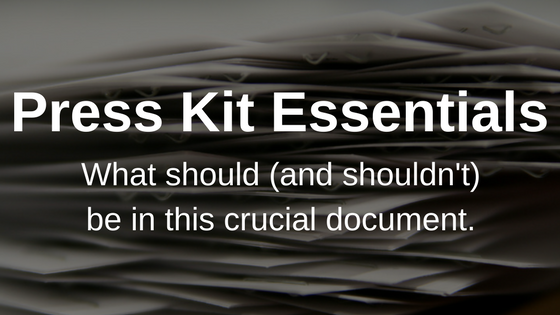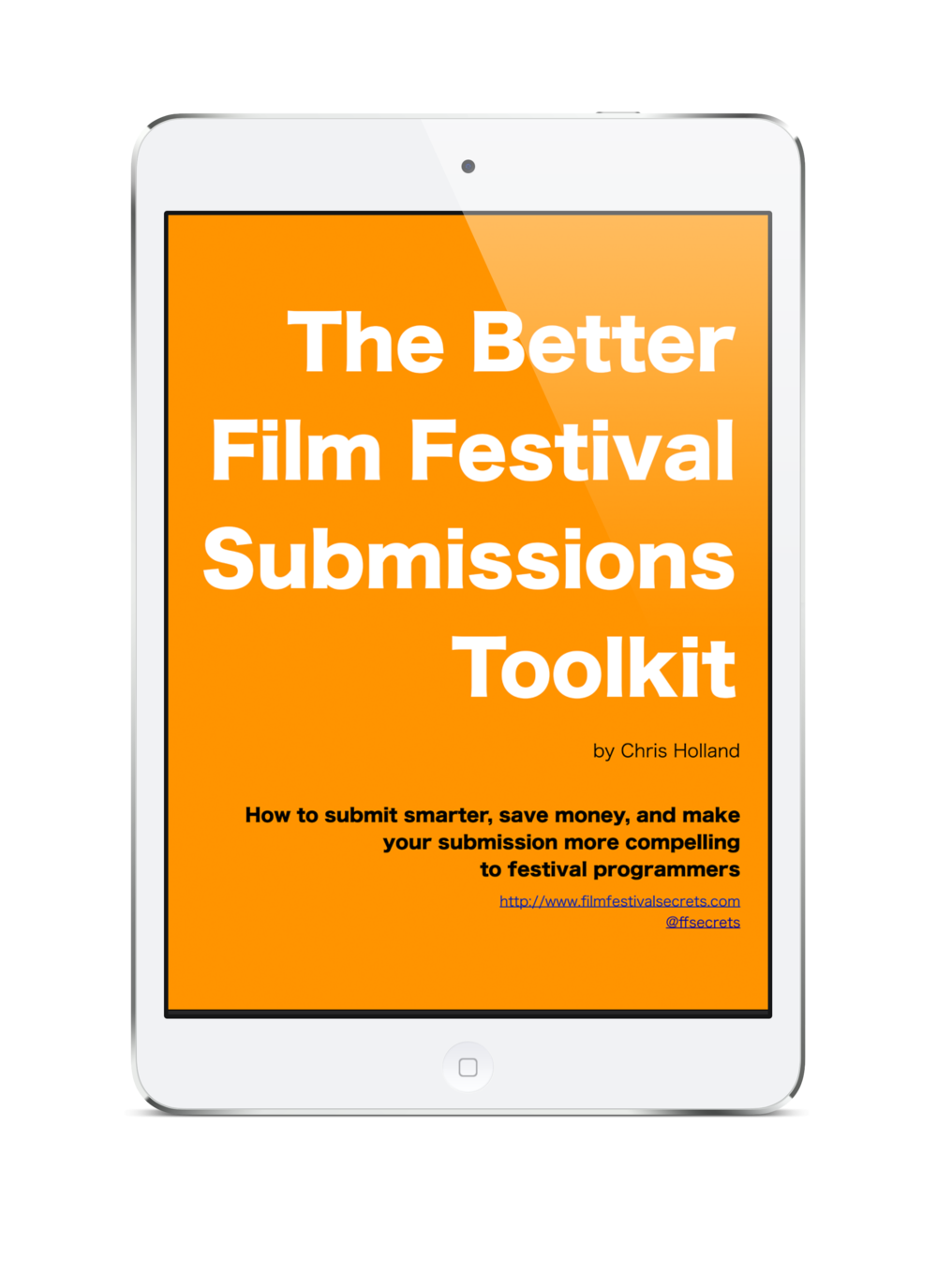A press kit is an essential part of any film’s production plan. Like a storyboard or line budget, it’s a behind-the-scenes necessity. And when done right, it can make all the difference in how the press, film festivals, theaters - and ultimately the audience - talk about your movie. It’s part promotional piece and part reference document.
But what IS a press kit? What does a good press kit include? When should you have one ready to go, and how often should you update it?
A film press puts function over fashion; it's a straightforward document that’s easy to read. There’s no need for a fancy, over-designed marketing piece here.
Create a press kit as soon as the film is wrapped and you start submitting to festivals. It’s a great resource to have on hand that includes all the information they’re going to request upon selection. Most of the kit should be static, but if you get a great award or awesome review, by all means, add it in!
Here are the basics for a solid film press kit, plus a few ways to level-up this crucial piece.
Ready for more? Lisa has a free 45-minute webinar on Publicity Essentials for Independent Films, a deep-dive into all things PR, plus a bonus PR checklist.
Cover Page
The first page of your press kit is like the cover page of a school book report: tell us the title, the director, and the basics like runtime and languages (especially if not in English). The cover page should also include contact information. Include a film contact and, if you’ve hired someone specific, the media contact (phone and email are sufficient).
Level Up: Include your one sheet (film poster) or a film still on this page to liven it up a bit, the way Shooting War, a Tribeca Film Festival official selection, does here.
Accolades
If you have them, including a few film festival laurels, awards and/or pull quotes at the beginning of your press kit can really help set the tone. The key here is to not go overboard. Your mom might be very excited that your film was selected for the Small Town USA Film Festival, but generally speaking, no one else is (sorry, it’s true). Only include laurels, accolades and quotes with a little street cred, and if you don’t have those yet, better to leave this portion out.
It can be tempting to include all the praise and positive feedback your film has received, but resist the urge! Your producer’s nanny’s agent might’ve loved it, but a quote from them is just a waste of space here. Half a page full of obscure laurels will never be as impactful as one or two from your best festivals.
Ready for more? Lisa has a free 45-minute webinar on Publicity Essentials for Independent Films, a deep-dive into all things PR, plus a bonus PR checklist.
Synopsis
Perhaps the most important part of the press kit, the synopsis you include here will be the primary text that film festivals and journalists use to reference your film. So, you know, no pressure. A well-written synopsis - generally a paragraph or two - balances exposition with a little flair. You need to tell us the basic plot line, but don’t be afraid to editorialize a bit (adjectives are your friend!).
Bad: Two Days in Miami is a film filled with director Joe Schmoe’s vision, a heartfelt and humorous journey over two days in Miami and the way relationships are forged and tied together and destroyed.
Good: With heart and humor, Two Days In Miami explores the ties that bind us and the forces that conspire to break them.
Level Up: Instead of a single synopsis, include a one-sentence logline, a short (200 words) and long (400 words) synopsis.
Filmmaker’s Statement
Here’s your chance to really put your filmmaking story out there. This is your space to shine. Tell us how the story came about, how the pieces came together, how all the stars aligned. Include the kind of anecdotes you’d want covered in a feature story on the film - how you got that one great actor to join the cast; what it was like working with that Oscar-winning editor, what getting to make the film means to you.
For example, check out filmmaker Sam Voutas’s solid statement in the press kit for King of Peking (page 3, here). It’s a well-written, concise few paragraphs that gets to the heart of how the film came to be. You can practically see young Sam watching movies outdoor and falling in love with them, dreaming of being a filmmaker. Kinda makes you want to see the film, doesn’t it?
Level Up: Include a simple interview - you can interview yourself! - and answer a few of the most common questions about your film. Journalists will thank you for the ready-made quotes for their stories!
Film Stills / Headshots
Anyone who writes about your film is going to want an image or two to go with their reporting. You or your publicist can share these images via email or post a few on the film’s website, but embedding them directly in the press kit can be a great way to add a visual to this piece and make images readily available to anyone who needs them.
The key to including images is to keep the size down (go lo-res here; your press kit can’t come in at 20MB!) and keep the selection solid. The film stills should feature your main cast and/or a key scene or location from the movie. They should be embedded in-line (like the image from La La Land below), and not with text all wrapped around them cluttering up the page.
It’s also acceptable - though not necessary - to include headshots next to filmmaker bios (see below). Like film stills, these should be small enough files that they don’t overwhelm the final file size. If you don’t have a headshot or don’t want to include yours in the press kit, that’s fine.
Level Up: create an open shared folder via Dropbox or Google Drive where your hi-res images are available for download, and include that link on your cover page (use bit.ly to make it a simple one!).
Ready for more? Lisa has a free 45-minute webinar on Publicity Essentials for Independent Films, a deep-dive into all things PR, plus a bonus PR checklist.
Bios and Credits
Filmmaking is the ultimate collaborative art, so it’s imperative that the press kit give credit where it’s due. Include a few key cast and crew bios (stars, director, writer and any above-the-line crew with killer IMDb credits); a simple paragraph, a filmography and maybe a headshot. The credits, which should be the last piece of the kit, is the authoritative reference for your crew list and the go-to for anyone covering the film; like the scroll on screen, they should read exactly as everyone wants them published.
Fine Tuning
Once you have all the pieces of your press kit together, review it a few times with an eye to refine it. Of course, proofread the thing with a fine-toothed comb. Then, go over it once for tone and again for formatting.
Your press kit should match the overall tone of the film; a kit for a documentary about HIV is going to sound very different from an ensemble comedy set during two wacky weeks at summer camp. Pay attention to how your synopsis, your statement, even your bios play into this tone, and make sure they’re all consistent.
A quick once-over for formatting consistency is imperative. Make sure your cover page is just that: one page. Ensure that sections don’t break across pages in awkward places, that paragraphs are kept to clean sections. Ideally, each section starts at the top of a new page. This may leave some white space, which is totally fine. If there’s room, you can fill the space with a film still.
These simple steps to refining your press kit will give it a polish that makes it easier to use, and that means it’s easier for press to cover and promote your film.
Distribution
Once it’s final (seriously, have someone proofread it!), save the press kit as a PDF, keeping a close eye on file size. Anything larger than 5MB or so is going to be way too large to email when someone requests it. Link to it from your film’s website (usually the Press or Materials section), so it’s easily accessible to anyone who might need it. And soon as your film is the massive success we all know it will be, they definitely will need it.
Chances are a digital version of your new, professional press kit will suffice, but consider having a few printed copies (color, if you’ve included images!) ready at any press screenings a festival might organize for you, and on hand at industry networking events during the festival, too.
In the end, a successful press kit focuses more on what the people using it will need than on what you want to include in it. Though it’s tempting to pack the piece full of extra information, overdoing it can actually turn journalists and others off. Make it crisp and clean with easy to navigate section headings and only the most relevant information. In this way, you’ll ensure anyone who plans to talk about your film knows exactly how to do so, and in a manner that is consistent with your vision of the film and its intended reception.
Ready for more? Lisa has a free 45-minute webinar on Publicity Essentials for Independent Films, a deep-dive into all things PR, plus a bonus PR checklist.
This is the first in a series of articles by Lisa Trifone, a longtime veteran of film festivals and marketing for the independent film industry. Here's the full list of articles:
Part 1: Press Kit Essentials
Part 2: Five Reasons Your Press Release Sucks
Part 3: When to Start Marketing Your Film
Part 4: Film Festival Marketing Musts
Part 5: Do I Need a Film Publicist?
Need help drafting a kick-ass press kit? Contact Lisa at Bright Iris Film Co.



